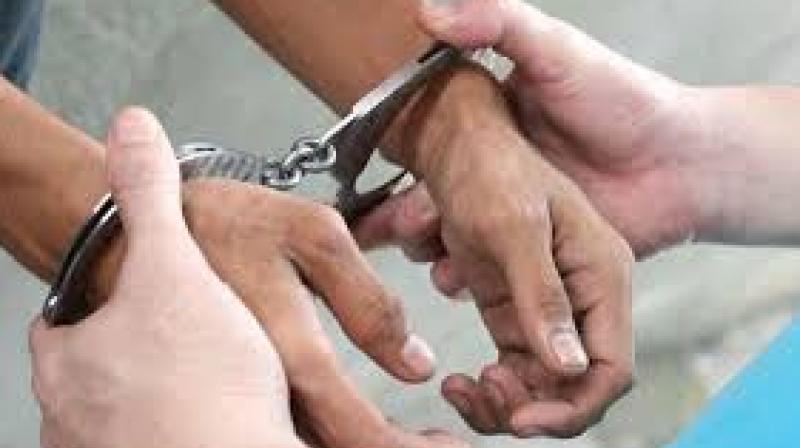-
Tips for becoming a good boxer - November 6, 2020
-
7 expert tips for making your hens night a memorable one - November 6, 2020
-
5 reasons to host your Christmas party on a cruise boat - November 6, 2020
-
What to do when you’re charged with a crime - November 6, 2020
-
Should you get one or multiple dogs? Here’s all you need to know - November 3, 2020
-
A Guide: How to Build Your Very Own Magic Mirror - February 14, 2019
-
Our Top Inspirational Baseball Stars - November 24, 2018
-
Five Tech Tools That Will Help You Turn Your Blog into a Business - November 24, 2018
-
How to Indulge on Vacation without Expanding Your Waist - November 9, 2018
-
5 Strategies for Businesses to Appeal to Today’s Increasingly Mobile-Crazed Customers - November 9, 2018
Apple’s next iPhones could capture video footage and fingerprint data of thieves
“A computing device may determine to capture biometric information in response to the occurrence of one or more trigger conditions”, Apple says in its patent application to the USA patent and Trademark Office.
Advertisement
According to a report published in the US Patent and Trademark Office on August 25, 2016, revealed that the upcoming Apple devices will capture and store biometric information about an unauthorised user. A single failed authentication triggers the immediate capture of fingerprint data and a picture of the user, but the device might be configured to evaluate the factors that ultimately trigger biometric capture based on a set of defaults defined by internal security protocols or the user.
Apple-tracking site AppleInsider earlier discovered the patent application. It could also silently take a photo of the perpetrator for the same goal, similar to what some third party security suites have been offering for a while now.
Device makers have for the last several years been trying to find ways to prevent smartphone or tablet theft and mitigate the possibility of data finding its way into the wrong person’s hands.
However, there have been instances in the past where thieves have incriminated themselves by snapping pictures of themselves from the devices.
Apple’s anti-theft system would capture the theif’s biometric information in response to certain types of triggers.
And then all those information would be stored and sent to a server that police could use to locate the thieves easily.
In addition to stopping users from accessing content, Apple’s technology would seemingly capture their fingerprints through Touch ID, snap photos and videos, and allow owners to furnish that to law enforcement to capture the thief. It could also store the location data, audio and time stamps to support the biometric information. If storage is low or if data is no longer needed, the information would be purged.
All of it, then, becomes evidence against the thief.
Apple is working on new features to introduce to its iPhones and iPads, so that it can enhance device capabilities.
Advertisement
There are some technical and legal issues challenging Apple’s idea.




























